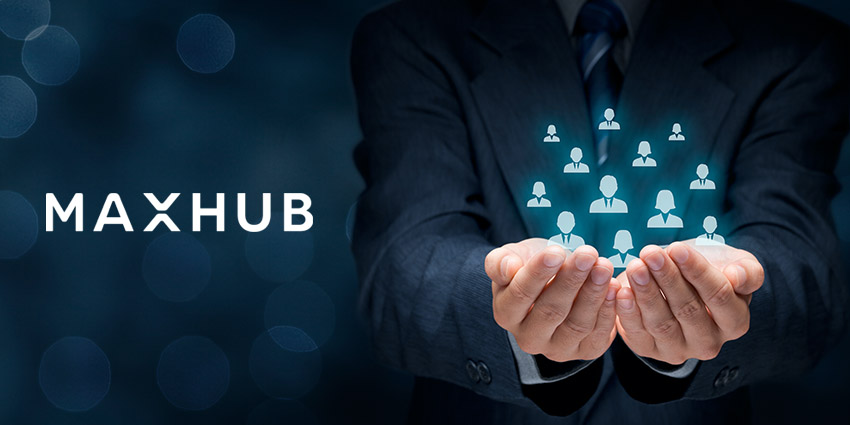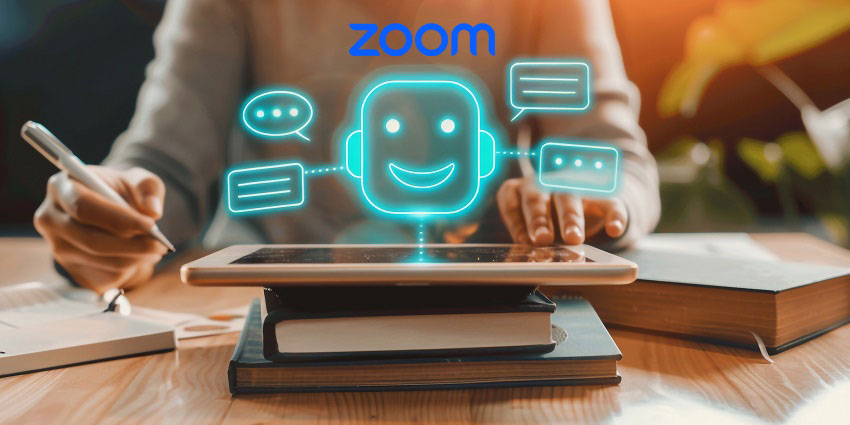If one was to judge workforce demographics by news headlines alone, it would seem as though organisations were staffed solely by those deemed ‘Millennials’.
However, today’s workforce now spans five generations, from those in their 70s all the way down to those in their late teens. Each of these age demographics has been given their own moniker: Traditionalists (those born between 1928 and 1945), the Baby Boomers (born between 1946-1964), Generation X (born between 1965 and 1980), Millennials (born between 1981 and 1996), and Generation Z (born between 1997 and 2012).
Catering to such an expansive workforce’s technological needs can sometimes present a headache to IT managers, as some employees prefer “old-fashioned” technological methods, while others prefer new and innovative technology.
“Traditionalists started their careers at a time when technology was not as well developed, so they can be a little disengaged with today’s technology and they prefer doing things more formally and having things on paper,” explained Suman Dhakal, Channel Sales Manager at MAXHUB.
“Boomers were the early adopters of technology, so they are good learners, but it can still take a little extra effort for them to learn new technology. Generation X are very quick learners, and mostly grew up with email and text and those are very popular and powerful tools for them. Those tools are also popular with Millennials, but they are also more tuned into social media. Then Generation Z are fully dependent on technology, and they prefer to do a lot of the things on their handheld devices and to be in constant touch with the team.”
Despite this massive gap in technological needs and know-how, the pandemic proved to be the great leveller among employees of all ages as most people had to quickly shift to remote working and become familiar with their work devices and software. This has been a “leap forward” for many organisations and accelerated their digital transformation journeys, Dhakal added.
Catering to a workforce with such a huge gap in technological requirements adds another hurdle to organisations that are trying to navigate the world of hybrid working and what that entails for their own IT needs. The best way to overcome these challenges is to go back to basics and find the common ground between each of the generations in the company, said Dhakal.
“They need a product that is of good quality, sometimes it’s really easy to get away with a lot of buzz words with new technology, but at the end of the day what people want is something that works,” he explained.
“Everyone wants a product that is easy-to-use, regardless of their age, and because technology is constantly changing, they something that can be upgraded. They also need a system that can centrally manage all of those devices and upgrades”
About MAXHUB
MAXHUB is a leading provider of interaction technologies and smart applications that are optimised for use in education, hospitality, conferencing, digital signage, and similar environments. Its products are designed with ease-of-use and integration to accommodate all types of users. For instance, it offers an all-in-one LED wall in a wide range of sizes, and these displays support popular collaborative feature such as BYOD and wireless screen sharing. MAXHUB also offers a range of video and audio collaboration products and solutions.







